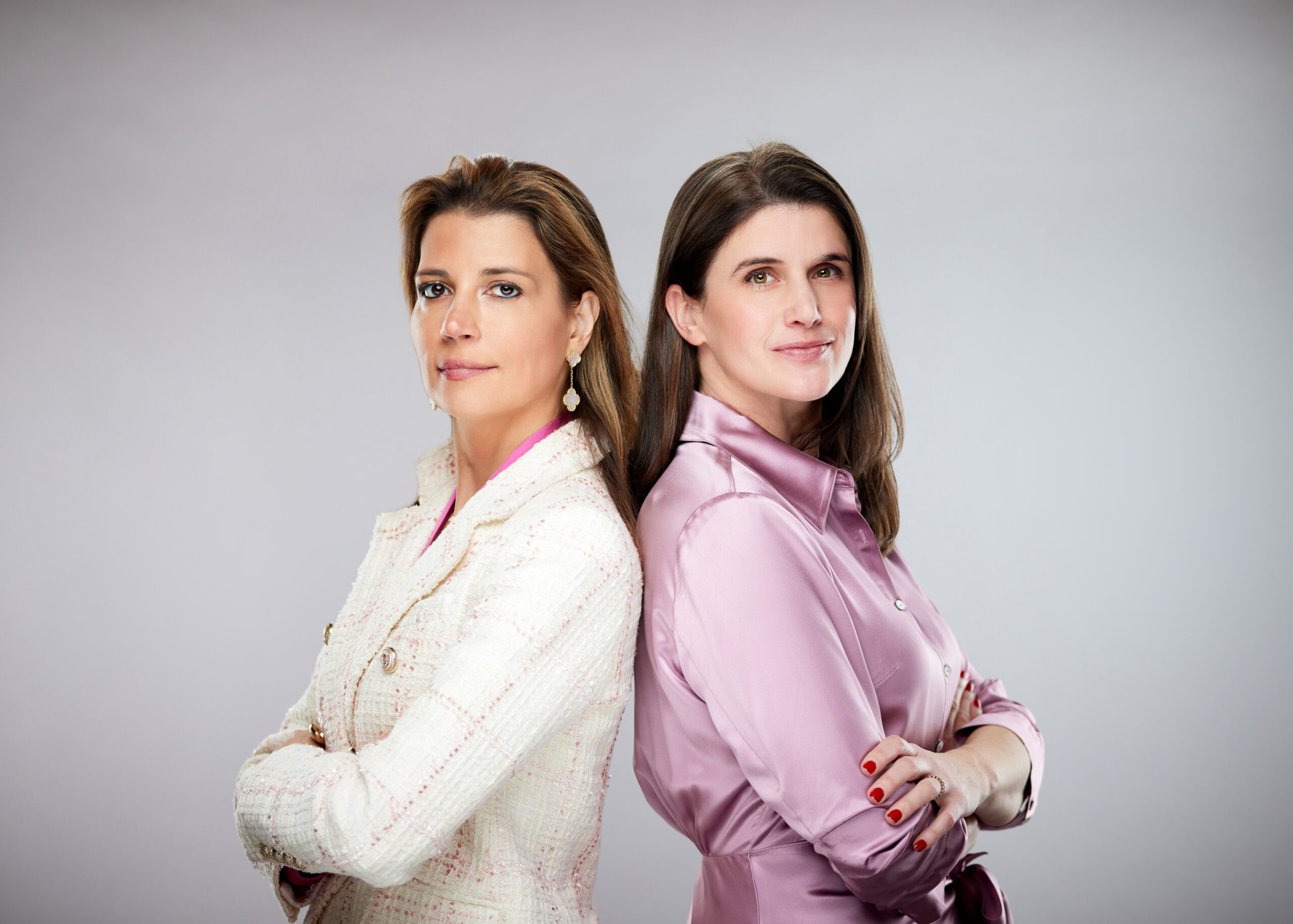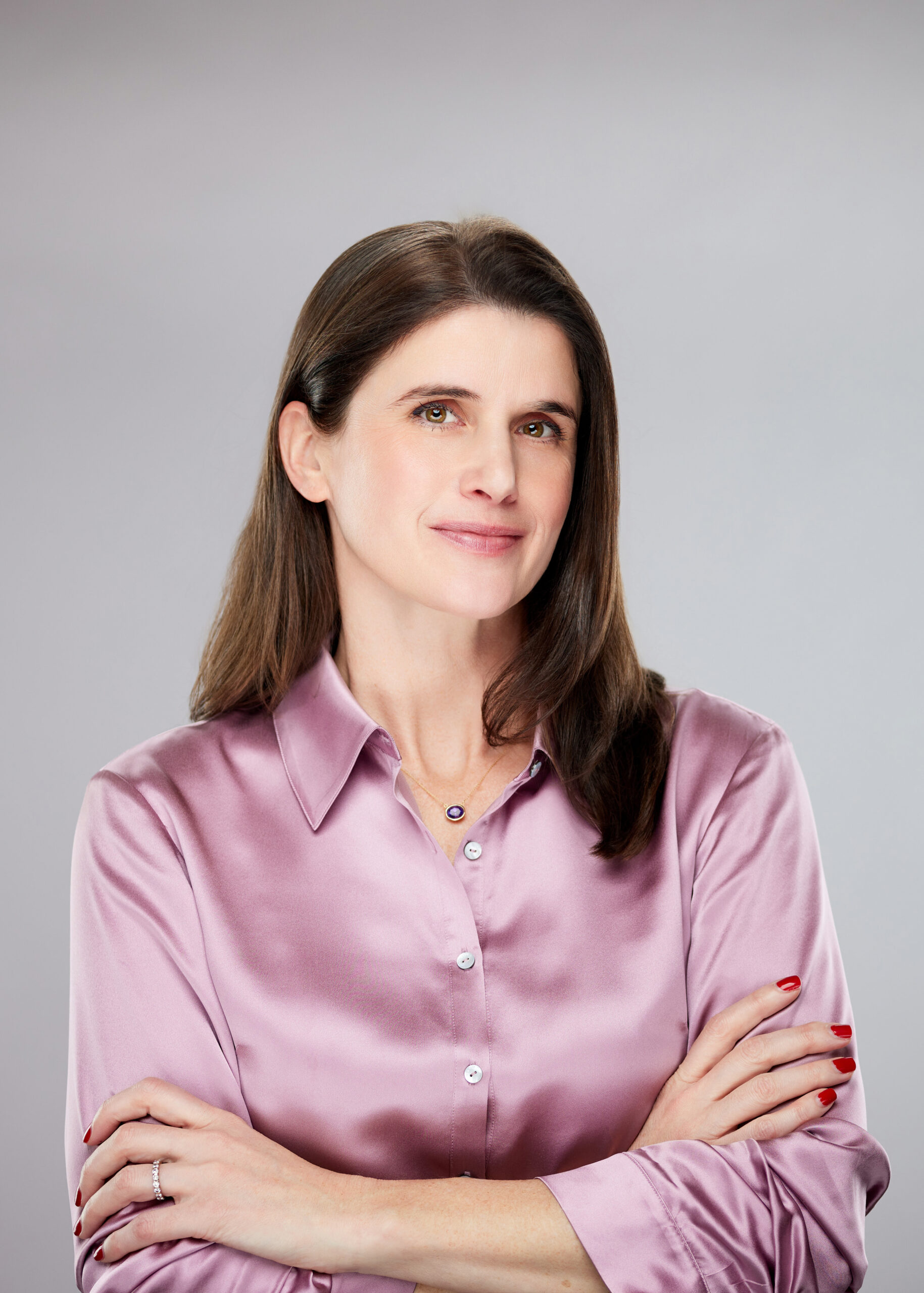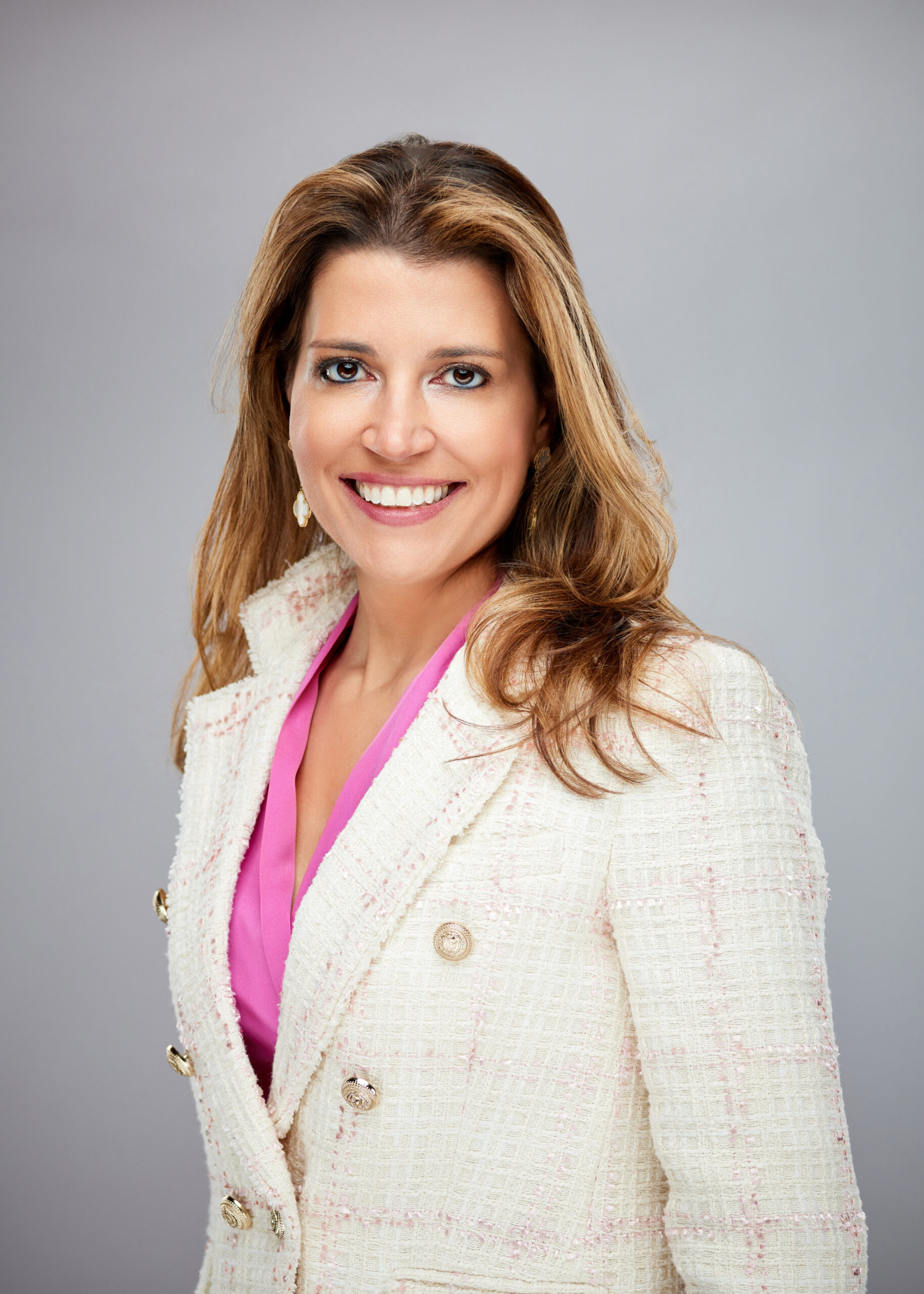
Fernanda Sheridan & Brittney Crystal
Changing the Narrative and Giving mothers the resources they need
Photography by ChiChi Ubina
Edited by Maxx Grossman
Despite incredible advances in medicine and medical research over the past 50 years, maternal health, specifically pregnancy, is a poorly understood and underfunded issue. In Connecticut, every week on average 63 babies are born prematurely (March of Dimes Report Card, 2023). In the U.S. 1 in 200 pregnancies result in a stillbirth. This rate increases for people of color, especially Black mothers (Gregory et al,. 2023). In Connecticut alone Black mothers are 1.6x more likely to have preterm births. In the shadow of these complications, mothers are often left with more questions than answers. They have little understanding of what went wrong and where to turn to next – as the resources and the research aren’t there. This is due in part to a lack of funding. In 2020 alone, American’s gave over $450 billion with roughly only .3% going toward Maternal Health (Indiana University Lilly Family School of Philanthropy, 2023).
Though the landscape is daunting, Brittney Crystal and Fernanda Sheridan remain undeterred. They are on a mission to change the narrative in maternal health and give mothers the resources they need. Fairfield County Look sat down to chat with these two dynamic forces to hear their stories.
Brittney Crystal:
Tell us about growing up and your family
I grew up in Ridgefield CT. I received a BA in International Relations from Lehigh University and a MA in International Relations from Webster University in Geneva where I completed my practical work at The United Nations. I had the great pleasure and honor of working for the Office for the Coordination of Humanitarian Affairs (OCHA). After a few years there, I moved back to Fairfield County to take a job with Save the Children. I met my husband Jose soon after moving back, when playing beach volleyball in Stamford. Within three months of meeting him, I deployed to Japan to support the Tsunami response for eight months. When I returned, we settled in Stamford for a bit, got married, and ultimately moved back to my hometown in Ridgefield.
Bruce was named for my father, and he is nine. He’s an avid reader, lover of Harry Potter and the outdoors. He’s also very fond of correcting his parents and in true first child fashion- likes to keep everything orderly.
Iris was born in 2017, she would be six now. Although her death was dark, her life and legacy are a tremendous, positive gift to our family. Iris received her name early in pregnancy—we wanted our daughter to have a name that would serve as an anchor and provide hope throughout her life. Iris is the goddess of the rainbow. The three petals of the iris flower represent faith, wisdom and valor.
Opal is four, she is our rule breaker. She loves following her older brother around and cooking with her mom. We chose Opal because it’s said that the Greek Gods fought a great battle with the titans, and when they won, Zeus was so overjoyed he cried a tear that fell from heaven and it was an Opal. Pregnancy after loss is a challenge and this name seemed to reflect our great joy.
Fernanda Sheridan:
I grew up in Sao Paulo, Brazil. I graduated from Mackenzie University and after being a lawyer for eight years I came to NYC to do my master’s in international law at Fordham University. I met my husband very serendipitously after attending a wedding in Brazil. At the wedding, I met an American who was convinced that he needed to introduce me to his last single friend in NYC. It didn’t sound promising at all, but he was insistent. When I met Chase, we actually hit it off right away and in three months we were living together. We lived in Manhattan for 10 years before moving out to Greenwich in 2020.
I have two living kids, Nate, my first born will be nine years old in March, and my Rainbow baby, Grace will be three years old also in March. Nate is funny, sweet and talkative. He’s fascinated by electronics and wants to know how they all work. He loves music and plays the piano, the guitar and drums at Greenwich Art Academy. Grace is my adorable little shadow. She’s shy and easy going. She loves animals and would go to the Norwalk Aquarium everyday if you let her. She also loves to feed the ducks at the Bruce Park and go to the Stamford Museum and Nature Center.
I have met dozens of other moms like me with access to prenatal care who were blindsided by stillbirth.
Some of us were lucky to find out the cause, most weren’t.
Tell us about your maternal journey and what drove you to start or connect with your foundations.
Brittney: In my first pregnancy I went from being a low-risk, athletic pregnant woman to learning I had a thin cervix (with no other issues). This led to 14 stressful weeks of bedrest, needing to leave my job, and a myriad of other issues. Bruce was born at 34-weeks and had a short stay in the NICU. And thank goodness no additional issues as he grew (parents of preemies know you’re often told you’ll need to wait until around the child’s second birthday to get a sense if they’re truly developing on track.)
After Bruce, no physician could tell me if my next pregnancy would result in a preterm birth. We were told it was safe to have another child by a maternal fetal medicine specialist. Unfortunately, Iris died during labor at 28-weeks. Because she died during labor she is classified as a stillbirth. A term I did not know until she died.
During my pregnancy with Iris, it became clear that my community hospital was less familiar with managing high risk labor and I requested a transfer to NY Presbyterian to receive care from Columbia Doctors. While recovering from Iris’ death I asked why we don’t have better interventions for high-risk pregnancies and was shocked to learn we don’t know what triggers full term labor and our understanding of the cervical anatomy hasn’t been updated since the 1940s.
Because I trusted and believed in the superior care I received from the doctors at Columbia, I became pregnant again and in 2019 delivered our daughter, Opal. The decision to have another child was based on trust in my doctors and not medical science or research in the field because that does not exist yet—The Iris Fund is changing that.
Fernanda: I found out I was pregnant with Nate one week before our wedding, it was a wonderful surprise. It was a healthy pregnancy and Nate was born full term and healthy. One year later, I got pregnant with George, but due to genetics problem he stopped developing in uterus, so I lost him at 20 weeks of gestation.
To avoid this heartbreak again, my husband and I pursed IVF which is how I became pregnant with Natalie. I had a normal and healthy pregnancy up until 38 weeks. After a routine ultrasound which confirmed Natalie was healthy and getting ready for birth, I started experiencing a drastic change in her movements. I didn’t know a lot about fetal movements, so I didn’t seek help immediately. That might’ve been my biggest mistake. Soon after that I went into labor only to hear the most devastating news: “there is no more heartbeat.” I couldn’t make sense of the words; she was there one day ago. Giving birth to her, I held onto the hope that I would hear her crying in the delivery room, but no, she was born sleeping. I held her as much as I could saying hi and goodbye. We went home with an empty car seat to an empty nursery and the reality started to sink in.
I had never heard of stillbirth, so I started googling it nonstop. I had to know more. I had so many questions. I soon met dozens of other moms like me with access to prenatal care who were blindsided by stillbirth. Some of us were lucky to find out the cause, most weren’t.
When I started thinking about getting pregnant again, I visited a few doctors in Manhattan to ask the following question: I know I can get pregnant, but can you tell me if I can deliver a healthy baby? No one could answer. Finally, I discovered the Rainbow Clinic, a model of specialized obstetric clinic with a multidisciplinary approach, created by Prof. Alex Heazell at the University of Manchester. This clinic has proven to decrease 88% of stillbirth recurrence; decrease 50% prematurity; 40% NICU stay and decrease emergency room visits. For 2 years, I was haunted by my desire to bring the model to the United States where it was so needed. I finally called Dr. Heazell and in 2021 my husband and I, our network and other loss moms helped fund the first Rainbow Clinic in the US. Since opening, the clinic has seen dozens of patients with no recurrent stillbirths to date. At the end of 2023 Dr. Uma Reddy from Columbia University reached out to me and stated that they wanted to open a Rainbow Clinic there too. I was overjoyed, I connected them to Dr. Heazell and thus the Natalie Foundation was born.
How did the two of you connect? How are you collaborating with each other?
BC: Fe and I met years ago at a perinatal symposium, but more recently we’ve begun actively supporting each other’s work. The Iris Fund is proud to dedicate staff time to support Fernanda and The Natalie Foundation’s work. We’re thrilled to co-lead an in-person training on pregnancy after loss. We’re both keenly interested that all mothers receive consistent, optimal prenatal care today in places like Rainbow Clinics and that feeds the research to provide better care for tomorrow.
FS: I always admired Brittney’s work. I would see this mom fighting alone for a change in the stillbirth and prematurity world and accomplishing amazing goals. Then, one day I decided to call her, and we sat down for a coffee and realized how much our work overlaps. Coincidentally, David Worby overheard our stories and offered the Bedford Playhouse as a space for us to organize an event together. It was the perfect space for such an important and intimate discussion about Maternal and Prenatal Health, an event that Suzanne Hogan, Board Member of The Bedford Playhouse also helped organize and sponsor.
This drew Brittney and me even closer. I love working with her! I feel like I finally found an amazing bright and experienced partner.

What connections have you had with other moms in your situation?
BC: The path to loss can vary wildly. Over the past six years we’ve been honored and humbled to speak to many loss parents and their families, regardless of cause. The feelings and needs of our loss community share a lot of common threads. Here in Fairfield County, we also refer a lot to amazing partners in our space like The Tiny Miracles or Hope After Loss.
FS: Two months out of my loss I started volunteering in the space and found it cathartic. I met other loss moms and grandmoms and finally felt heard and seen. Being part of this community was very helpful to heal. Also learning over and over about other women’s experiences propelled my desire to do something more in the space. It was clear speaking to other moms that there are very few resources for us. It’s truly an empty field with so much to be done and any help can make a huge difference.
What are your goals for your projects/foundations?
BC: The vision of our organization is to make certain no family endures the heartbreaking complications and loss due to prematurity. The Iris Fund has been proud to connect two of our research partners with funding (Mount Sinai and Columbia). In the next two years, we plan to expand support to all five university partners whose work we so deeply believe in. Less than 11% of the entire national budget for health (NIH) is devoted to women’s health research, and a far smaller percentage to research in pregnancy. We have a team of the best researchers in the world who can finally reveal how our bodies work during labor, develop predictive models on birth timing, and eventually start to bring down our preterm birth rate. Private investment can significantly accelerate our timeline and The Iris Fund is committed to securing the funds to do just that!
FS: My goal is to help expand the Rainbow Clinic concept here in the USA through the Natalie Foundation. The Natalie Foundation is dedicated to help expand the Rainbow Clinic model, in a controlled way to guarantee the best outcome. So far, there are three Rainbow Clinics that opened in two and a half years since my first call with Prof. Hazell in 2021. Another two clinics opened after the first model at Mt Sinai was launched with great success. There is an urgent need in the country and physicians are starting to take notice. My vision is that later, with the spread of the Rainbow Clinic, we can prove that the prenatal care in the USA can be improved with a better preventive model.
What is the research being conducted through your contacts at Columbia and Mt. Sinai?
BC: The Iris Fund began supporting the OBGYNs and Engineers at Columbia in 2017. We fund research to determine what triggers full term labor so we can then stop labor from occurring early, preventing preterm birth. We believe firmly that all birthing people deserve to know how their bodies work during pregnancy and that those answers will save our most vulnerable.
The Iris Fund will achieve its mission not only through research but also, awareness raising and advocacy and peer support to our loss and high-risk communities. To that end, we’ve raised more than $800,000 in six years, and we’re the organization behind the Stillbirth Tax Credit passed here in Connecticut. We continue to advocate and support other state and federal level advocacy initiatives.
If you are interested in learning more about Brittney and Fernanda or maternal health in general please check out Natalie Foundation or The Iris Fund.
Sources
- 2023 March of Dimes Report Card for Connecticut. March of Dimes | PeriStats. Retrieved March 1, 2024 from https://www.marchofdimes.org/peristats/reports/connecticut/report-card
- 2021 Provisional Report Tables. Office of Vital Records. Connecticut Department of Public Health. https://portal.ct.gov/dph/Health-Information-Systems–Reporting/Hisrhome/Vital-Statistics-Registration-Reports
- Atkins B, Kindinger L, Mahindra MP, et al Stillbirth: prevention and supportive bereavement care BMJ Medicine 2023;2:e000262. doi: 10.1136/bmjmed-2022-000262
- Gregory, E. C.W., Valenzuela, C.P., & Hoyert, D.L. (2023). Fetal Mortality: United States, 2021. National Vital Statistics Reports, (72)8. https://www.cdc.gov/nchs/data/nvsr/nvsr72/nvsr72-08.pdf
- Indiana University Lilly Family School of Philanthropy. (September 2023). Women & Girls Index 2023 Research Brief. Indiana University Lilly Family School of Philanthropy.
- Working to Address the Tragedy of Stillbirth. Eunice Kennedy Shriver National Institute of Child Health and Human Development. Retrieved March 1, 2024 from https://www.nichd.nih.gov/sites/default/files/inline-files/STILLBIRTH_WG_REPORT_03152023.pdf


